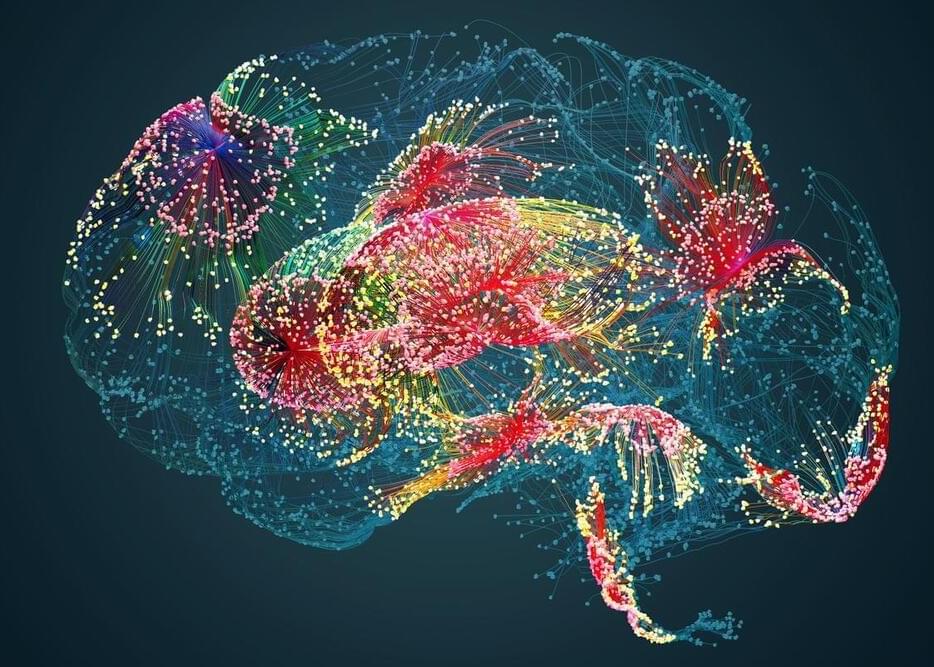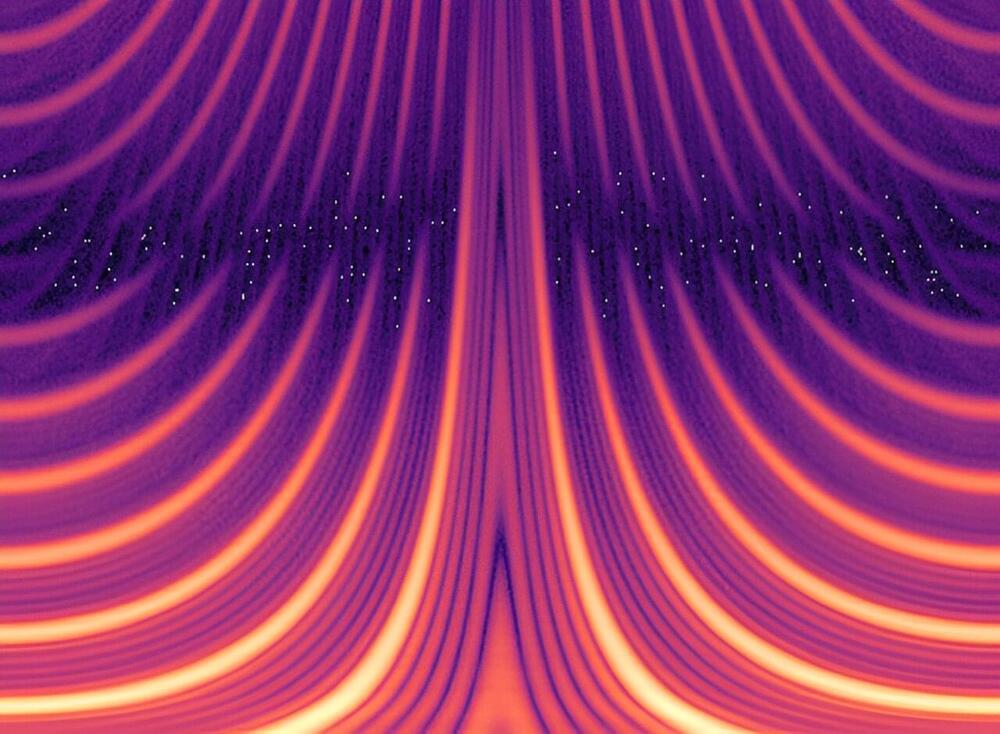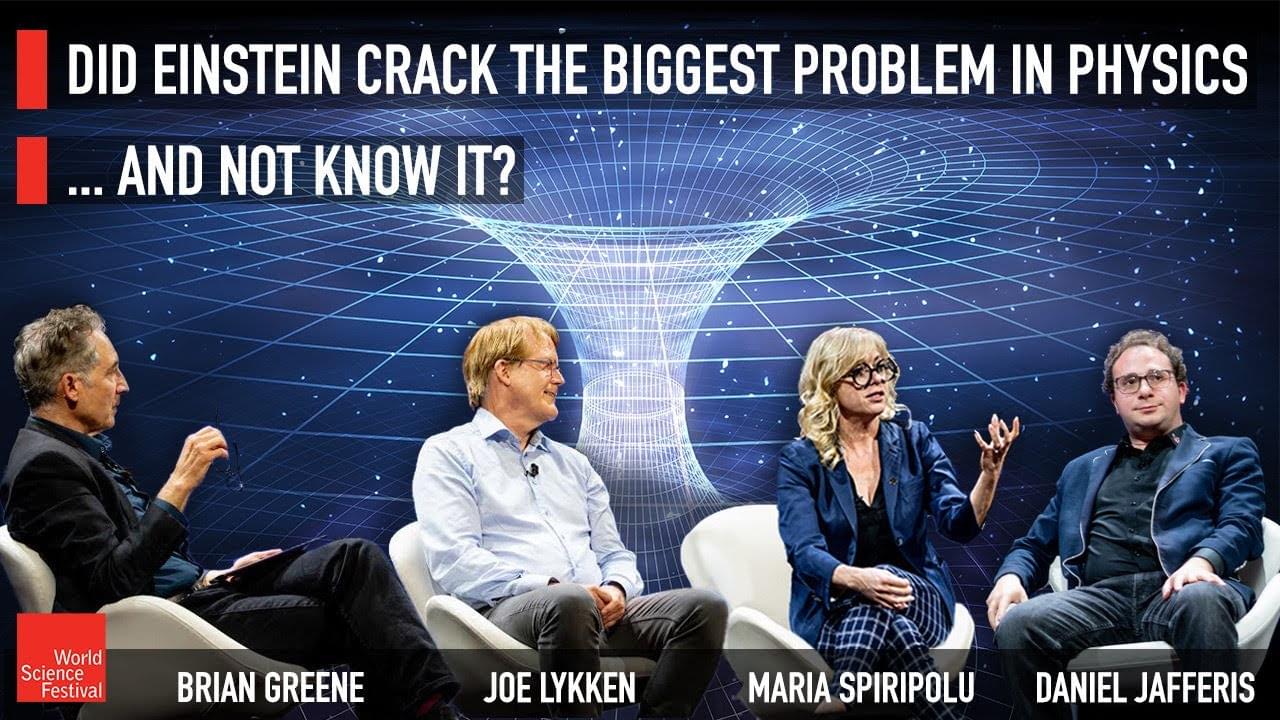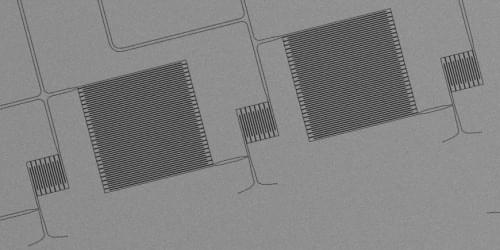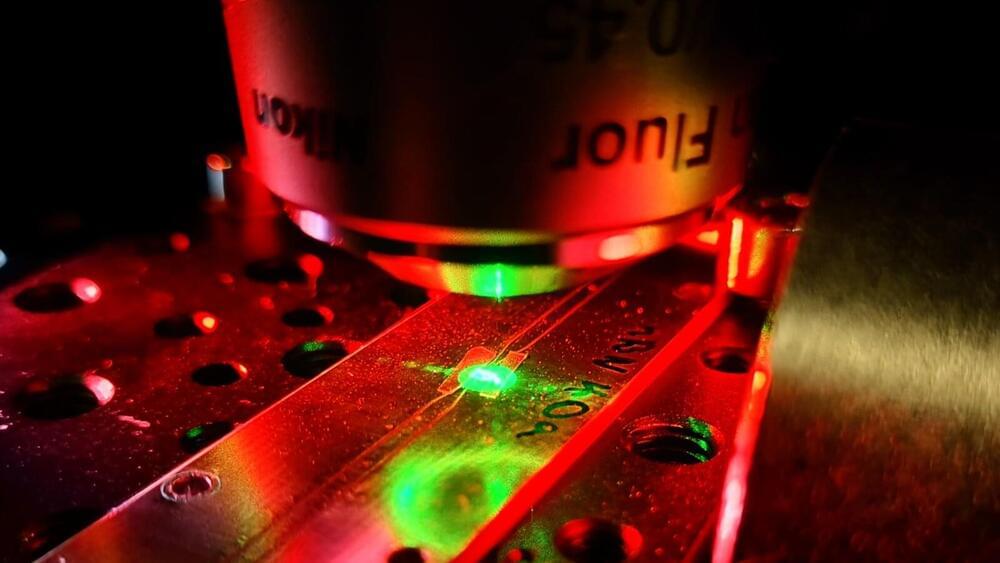Researchers wish to probe whether consciousness has a basis in quantum mechanical phenomena.
Category: quantum physics – Page 135
Quantum computers have the potential of outperforming conventional computers on some practically relevant information processing problems, possibly even in machine learning and optimization. Yet their large-scale deployment is not yet feasible, largely due to their sensitivity to noise, which causes them to make errors.
Link to newsletter:
Dear Subscribers, please see the latest Security & tech Insights newsletter covering emerging issues, trends and potential solutions in the world of cybersecurity. Thanks for reading and stay safe! Best, Chuck Brooks PS checkout my new book on Amazon: Inside Cyber: How AI, 5G, and Quantum Computing Will Transform Privacy and Our Security Amazon.com : Inside Cyber: How AI, 5G, and Quantum Computing Will Transform Privacy and Our Security: 9781394254941: Brooks, Chuck: Books.
Light is an excellent carrier of information used not only for classical communication technologies but also increasingly for quantum applications such as quantum networking and computing. However, processing light signals is far more complex, compared to working with common electronic signals.
PEARC24 launched its first Workshop on Broadly Accessible Quantum Computing (QC) as the full conference began, July 22, in Providence, RI. Led by NCSA’s Bruno Abreu and QuEra’s Tomasso Macri, 30+ participants included quantum chemists, system administrators, software developers, research computing facilitators, students and others looking to better understand the current status and the prospects of QC and its applications.
A new model of stochastic entanglement dynamics uncovers the impact of quantum jumps and non-Hermitian evolutions in measurement-induced phase transitions.
Join Brian Greene and a team of researchers testing Google’s quantum computer to glean new insights about quantum gravity from their impressive–if controversial–results.
Participants:
Maria Spiropúlu.
Joseph Lykken.
Daniel Jafferis.
Moderator:
Brian Greene.
00:00 — Introduction.
01:36 — Participant Introductions.
03:24 — The Einstein Papers.
10:40 — Can Quantum Entanglement Be Used to Transfer Information?
14:30 — The Second Einstein Paper: The Quantum Properties Of Blackholes.
16:28 — Wormholes and Quantum Science, ER = EPR
22:30 — A Wormhole in a Quantum Computer?
29:25 — Quantum Computer Experimentation.
36:27 — Contextualizing Quantum Computation and its Future.
42:09 — Credits.
WSF Landing Page: https://www.worldsciencefestival.com/.…
- SUBSCRIBE to our youtube channel and \.
Single-photon detectors built from superconducting nanowires have become a vital tool for quantum information processing, while their superior speed and sensitivity have made them an appealing option for low-light imaging applications such as space exploration and biophotonics. However, it has proved difficult to build high-resolution cameras from these devices because the cryogenically cooled detectors must be connected to readout electronics operating at room temperature. Now a research team led by Karl Berggren at the Massachusetts Institute of Technology has demonstrated a superconducting electronics platform that can process the single-photon signals at ultracold temperatures, providing a scalable pathway for building megapixel imaging arrays [1].
The key problem with designing high-resolution cameras based on these superconducting detectors is that each of the sensors requires a dedicated readout wire to record the single-photon signals, which adds complexity and heat load to the cryogenic system. Researchers have explored various multiplexing techniques to reduce the number of connections to individual detectors, yielding imaging arrays in the kilopixel range, but further scaling will likely require a signal-processing solution that can operate at ultralow temperatures.
Berggren and his collaborators believe that the answer lies in devices called nanocryotrons (nTrons), which are three-terminal structures made from superconducting nanowires, just like the single-photon detectors are. Although nTrons do not deliver the same speed and power of superconducting electronics based on Josephson junctions, the researchers argue that these shortcomings are not a critical problem in photon-sensing applications, where the detectors are similarly limited in speed and power. The nTrons also offer several advantages over Josephson junctions: they operate over a wider range of cryogenic temperatures, they don’t require magnetic shielding, and they exploit the same fabrication process as that used for the detectors, allowing for easy on-chip integration.
Researchers at TMOS, the ARC Center of Excellence for Transformative Meta-Optical Systems, and their collaborators at RMIT University have developed a new 2D quantum sensing chip using hexagonal boron nitride (hBN) that can simultaneously detect temperature anomalies and magnetic field in any direction in a new, groundbreaking thin-film format.
Mathematical solutions to thorny quantum problems can be found more quickly by exploiting the correspondence between the statistical methods used in deep learning and techniques for implementing quantum simulations, a team led by a RIKEN researcher has shown in a new study published in the Journal of High Energy Physics.
